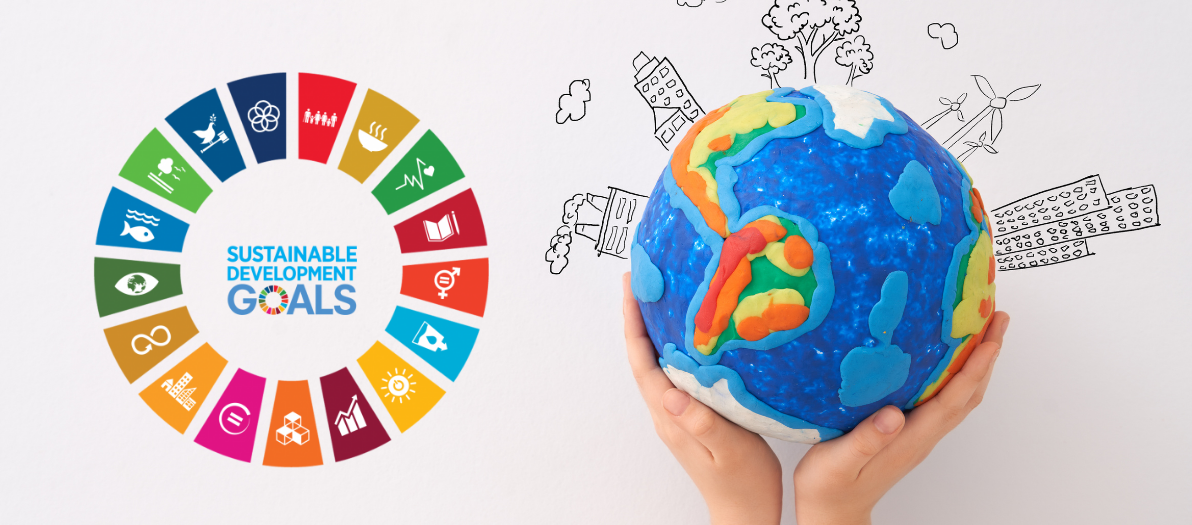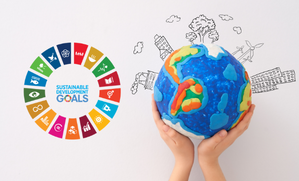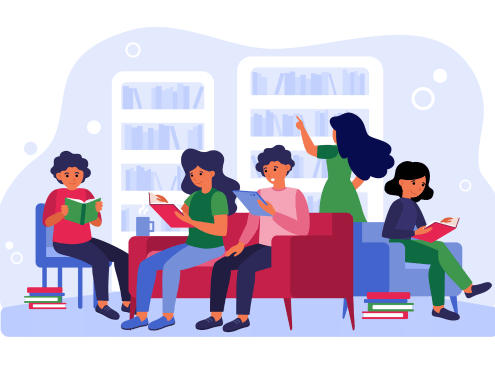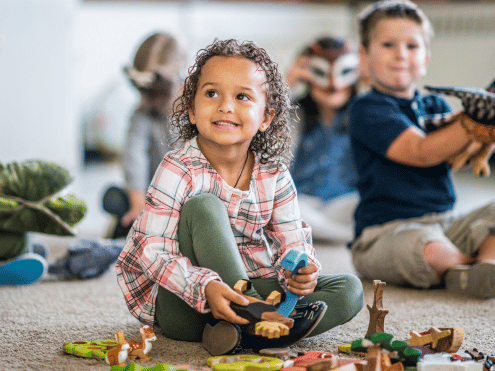In 2015, at the United Nations (UN) General Assembly in Paris, the UN 2030 agenda was drawn up and 17 Sustainable Development Goals (SDGs) established. But just what are these SDGs and how do they affect our classrooms?
Keep reading and we’ll walk you through the UN’s SDGs and help you make the most of them in your classrooms.
Just what are SDGs?
The UN 2030 agenda for sustainable development: “provides a shared blueprint for peace and prosperity for people and the planet, now and into the future. At its heart are the 17 Sustainable Development Goals (SDGs), which are an urgent call for action by all countries - developed and developing - in a global partnership. They recognize that ending poverty and other deprivations must go hand-in-hand with strategies that improve health and education, reduce inequality, and spur economic growth – all while tackling climate change and working to preserve our oceans and forests.”
In short, SDGs are a way of bringing together a number of social justice issues and providing goals, targets and solutions to improve these issues and provide an excellent framework for educators to help our learners become better aware of important issues across the globe and help us provide them with the tools to alleviate those issues.
Why are SDGs so important?
Increasingly, education ministries across the globe are using the SDGs as a basis for their curricula, stating things like: “the SDGs are key to education.” While adopting these 17 goals as a framework for learning is a wonderful idea, it’s also clear that we need to be focusing more on the fact that “Education is the key to the SDGs”.
Great! Now that we’ve got that cleared up, let’s look at some practical ideas on how to raise our students’ awareness of SDGs and get them working with them in the classroom!
- Identifying SDGs in a textbook
The wonderful thing about the SDGs is the fact they can be found in every single lesson in an ELT textbook.
The first step is to identify the SDGs that are involved in the lesson. This take as little as 5 minutes and will start your students thinking about the impact of what they are learning about, not just the language involved.
- Analysis activities
Once we’ve identified which SDGs are in a lesson, it’s time to make sure our students acquire a deeper knowledge of what they’re learning. Some ideas for this involve research and discussions.
- Research activities
- Deep Dive
Students are given time to investigate how one of the SDGs influences the unit they are learning about; this can be done individually or in groups.
- Find your passion
Though it is probably impossible for anyone to tackle ever single SDG in their own personal life, we can help our students discover which areas they are passionate about and give them guidance as to how they can make a difference.
- Discussion activities
- Ranking
Have students place the SDGs you have identified together in a unit in order of importance to that unit. There is rarely one correct answer so debate can go on for a long time, really helping students’ use of the language of discussion.
- Linking activities
First, make sure your students can see how the SDGs are 17 both separate and linked. Then have them discuss the links between SDGs.
- Thinking critically about SDGs
It’s important we let our students think critically about the SDGs, they are a very long way from being perfect and if we can get our students to understand that and see where the goals can be improved, we’ll go a long way to empowering them.
- Understanding SDGs
The final step is to ensure our students really understand the impact and ideals behind the SDGs and where they can make a difference. We can do this by letting our students express themselves through projects such as these:
- Poster/Short video Campaign
Ask students to select an SDG and create a poster or make a short video about it. Make sure that these are then displayed or made accessible for the benefit of other students.
- Art Exhibition
Get students to use old waste material to create Art. They can even make a new invention to help the planet or even a toy that helps younger children become aware of ecological issues.
- Letters to decision makers
Whether it’s to a local MP or simply to their Head Teacher, writing a class letter is a great way to make an impact on local and national issues.
- The most powerful dish
Ask your students to create the most colourful dish they can. Student’s will soon realise the most colourful food tends to contain fruit and vegetables. Not only will their dishes reflect this fact, but you’ll also end up with a wonderful array of salads! A wonderful way to get your students eating more healthily.
- Dragons Den
Get your students to come up with a sustainable business idea and present it in a “Dragons Den”-style class, during which a panel of students pretending to be investment angels decide which business idea is the best.
To help your students, show them this example. While the creator of this business idea wasn’t successful at first, he refused to be disheartened and eventually succeeded in making his ecological dream come true!
All in all, we need to appreciate the SDGs aren’t perfect and the targets are getting further and further from reality. What we can do as educators is take this wonderful framework and use it to help shape our students to be better global citizens.










